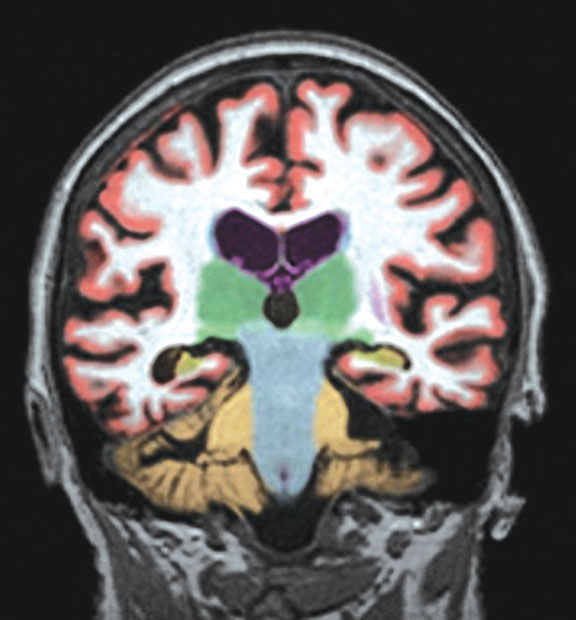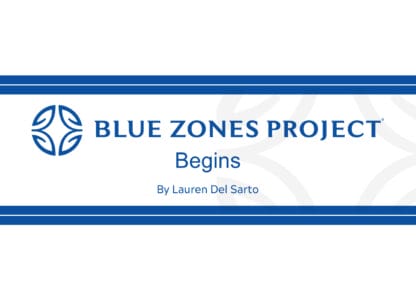As we age, it is common to experience memory loss. It’s also common to question whether these events are simply due to age or if dementia is setting in. Fortunately, assessments are available to help answer this question.
Age-related changes in the brain can be documented on imaging such as changes in brain blood flow (more prominent in the prefrontal cortex), changes in cerebral glucose utilization, age-related global brain atrophy, slowing of alpha waves along with intermittent slow wave activity in temporal regions, etc. Dementias, on the other hand, show remarkable changes in the brain that can be observed on imaging. For instance, Alzheimer’s dementia shows hippocampal reduction on MRI studies and Parkinson’s dementia shows positive on DaTscans.
According to the Diagnostic and Statistical Manual of Mental Disorders (DSM-5), dementia can be described as a significant decline from a patient’s previous level of neurocognitive functioning capacity (irrespective of type), which influences everyday functioning and social functioning coupled with symptoms that cause marked distress. Types of dementias include Alzheimer’s disease, frontotemporal lobar degeneration, Lewy body dementia (LBD), vascular disease, traumatic brain injury (TBI) and neurocognitive decline, HIV infection and neurocognitive decline, prion disease, Parkinson’s disease, Huntington’s disease, substance/medication-related dementia, other medical conditions leading to dementia and unspecified dementia. The DSM-5 allows for diagnostic categories ranging from mild to major symptoms, depending on the functioning capacity of the individual.
A comprehensive neuropsychological assessment can reveal contrasting profiles on neurocognitive domains that can discriminate between age-related decline and dementia, as well as the type of dementia. The profile can also determine the functioning capacity of the individual on different neurocognitive domains including intelligence, attention, processing speed, motor skills, spatial capacity, memory and language.
Following is the distinction between age-related decline and dementia on these domains:
Intelligence
Age-related decline: Capacity for crystalized intelligence remains constant (ability to use previously learned knowledge), while capacity for fluid intelligence declines (problem solving, using logic and reasoning). Capacity for traditional reasoning tends to remain constant, while problem-solving capacity for newly encountered information becomes challenging.
Dementia: Typically, anosognosia (lack of insight) is present; there is a general decline in reasoning and problem-solving abilities that influence functioning capacity.
Attention
Age-related decline: Capacity for simple or focused attention (for instance, watching television) remains constant, while capacity for divided attention and multitasking (i.e. watching television and talking on the phone) is compromised.
Dementia: There is a general decline in attentional capacity that influences encoding, storage and retrieval. There is also a decline in the capacity to attend to information and to cohesively process it. For instance, the inability to attend to reading, conversations, television, movies, etc. and to be able to understand and appropriately process information.
Processing Speed
Age-related decline: There is a decline in mental processing speed of information.
Dementia: The decline in the speed of processing mental information interferes with the capacity for daily functioning and carrying out everyday tasks.
Motor Skills
Age-related decline: There is a decline in motor speed capacity.
Dementia: The decline in motor skills interferes with daily function capacity such as driving, utilizing tools, etc.
Spatial Capacity
Age-related decline: There is a decline in the ability to perceive objects in space or there is a decline in spatial memory.
Dementia: The decline in spatial capacity influences everyday functioning. For example, the individual may have difficulty finding new places or drawing a map for someone.
Memory
Age-related decline: Capacity to retain memories of remote and past events is preserved, while capacity for recent past or forming new memories declines.
Dementia: There is often the presence of amnesia – memory deficits that influence daily functioning because the patient forgets daily scheduled activities, keeping up with medication regiment, remembering instructions, keeping up with bill pay, keeping up with financial obligations, etc.
Language
Age-related decline: Capacity for vocabulary remains constant, while capacity for word finding (recalling words to complete conversations) and capacity for name finding (recalling names of people and objects) declines.
Dementia: Patients often experience aphasia – speech impairment that could be receptive and/or expressive based on the type of dementia. For instance, the patient may have difficulty following directions, understanding and responding in conversations, difficulty with reading and written language, etc.
If you are experiencing memory issues, contact your primary care physician for a comprehensive neuropsychological assessment referral to determine if your memory deficits are age-related (normal) or related to dementia, so an appropriate treatment plan can be formulated with specificity.
Dr. Nettimi is a neuropsychologist in Rancho Mirage and a member of Desert Doctors. He can be reached at (760) 776.6543 or www.DesertDoctors.org.










































Comments (0)